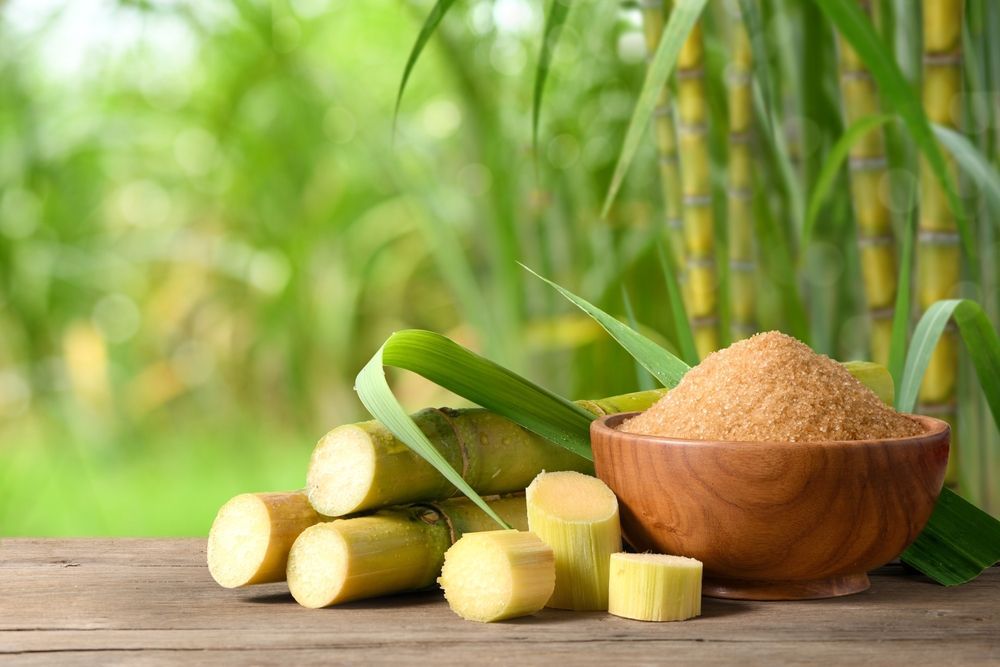Beet Sugar vs Cane Sugar: Which Is Better for Plant-Based Lifestyles?
Beet Sugar vs. Cane Sugar: Secret Differences You Need To Know
The distinction between beet sugar and cane sugar prolongs beyond their similar chemical compositions; it encompasses their beginnings, manufacturing techniques, and potential health and wellness implications. While both kinds of sugar act as typical sugar, their divergent backgrounds-- beet sugar arising in 19th century Europe and cane sugar tracing back to ancient Southeast Asia-- established the phase for a deeper expedition of their manufacturing processes and nutritional accounts. Understanding these distinctions may affect customer choices in a market progressively concentrated on health and sustainability. What nuances might additionally inform your choices on these sugar?
Origins of Beet Sugar
Although beet sugar has come to be a considerable gamer in the international sugar market, its beginnings can be mapped back to the very early 19th century when European researchers began exploring alternative sources of sugar. The zero hour occurred in 1801 when German chemist Andreas Marggraf identified sugar in the white beet, a discovery that prepared for succeeding research study and business applications.
The process of refining beet sugar was more advanced by his trainee, Franz Karl Achard, who developed the initial beet sugar manufacturing facility in Prussia in 1806. This technology corresponded with the Napoleonic Battles, throughout which profession disturbances caused an enhanced demand for domestic sugar production in Europe. beet sugar vs cane sugar. As an outcome, beet sugar gained traction, especially in countries like France and Germany

Beginnings of Cane Sugar
Cane sugar, stemmed from the sugarcane plant, has an abundant background that goes back hundreds of years, mainly in exotic areas where the plant grows. The earliest proof of sugarcane growing can be traced to New Guinea and Southeast Asia around 8,000 BCE. From these origins, knowledge of sugarcane infect India, where it was very first refined into crystallized sugar by the fifth century CE.
As profession courses developed, sugarcane reached Persia, the Mediterranean, and eventually Europe, where it was at first considered as a luxury item. The expansion of sugar production happened throughout the Islamic Golden Era, which helped with the transfer of farming techniques and advancements. By the 15th century, the need for sugar rose, prompting European nations to establish vineyards in the Caribbean and South America.
This change not just transformed the farming landscape of these areas however also had significant socio-economic implications, including the dependence on enslaved labor. Cane sugar, once a rare product, ended up being a staple in diet plans worldwide, laying the foundation for the worldwide sugar market we recognize today. Understanding its origins is vital for valuing cane sugar's effect on culinary customs and economic situations.
Manufacturing Processes
The manufacturing for both beet sugar and cane sugar entail a number of vital steps that change raw products into the crystalline sweeteners typically utilized today. For beet sugar, the process starts with collecting sugar beetss, which are then washed and cut right into slim cossettes. These cossettes go through warm water extraction, allowing the sugar to dissolve. The resulting juice undergoes purification, generally involving lime and co2 therapy to eliminate impurities. The made clear juice is after that concentrated through dissipation, and formation occurs as the syrup cools down. Lastly, the sugar crystals are separated from the molasses and dried out.
In comparison, cane sugar production begins with the harvesting of sugarcane, which is squashed to extract the juice. While both share similarities, the resource material and details methodologies result in unique features for beet and cane sugars, affecting the choices of producers and customers alike.
Nutritional Contrast
When contrasting the nutritional profiles of beet sugar and cane sugar, it is important to acknowledge that both sugar are largely composed of sucrose, resulting in comparable energy material and visit homepage calorie worths (beet sugar vs cane sugar). Both kinds of sugar usually have concerning 4 calories per gram, making them equivalent in terms of power stipulation
In addition to sucrose, both beet and cane sugars include trace quantities of minerals and vitamins; however, these quantities are minimal and do not considerably contribute to everyday dietary needs. As an example, both might contain minute levels of calcium, potassium, and magnesium, but these are not present in adequate quantities to provide any Full Article type of considerable health and wellness benefits.
In addition, the lack of fiber in both kinds of sugar underscores their duty as pure sweeteners instead than resources of nourishment. beet sugar vs cane sugar. While they may supply a fast source of power, their lack of vital nutrients emphasizes the significance of small amounts in consumption
Ultimately, from a totally dietary point ofview, beet sugar and cane sugar are essentially tantamount, making the choice in between the 2 greatly based on aspects such as taste preference, schedule, and environmental factors to consider.
Wellness Ramifications
While beet sugar and cane sugar share comparable dietary accounts, their health ramifications require factor to consider beyond plain structure. Both sugars are mainly composed of sucrose, which can cause similar metabolic impacts; excessive usage can add to weight problems, diabetes, and cardio diseases. The source and production of these sugars might influence their total health and wellness influence.
Beet sugar is commonly produced utilizing debatable chemicals, such as phosphoric acid, which might leave trace deposits. On the other hand, cane sugar undertakes a more conventional refining procedure, which tends to be much less chemical-intensive. The visibility of these residues in beet sugar might elevate concerns for sensitive populaces or those looking for to minimize chemical exposure.

Additionally, the cultivation methods of sugar beetss and sugar cane might vary, with the previous frequently entailing even more extensive agricultural techniques that can influence dirt wellness and biodiversity. This farming context might affect the more comprehensive health ramifications of sugar usage on a populace level.
Ultimately, while both beet and cane sugars serve similar roles in the diet, consumers should consider the subtleties of manufacturing and sourcing when making educated options about their sugar intake.
Conclusion
While both types of sugar offer as typical sugar, their divergent histories-- beet sugar emerging in 19th century Europe and cane sugar mapping back to old Southeast Asia-- set the phase for a deeper expedition of their production and dietary profiles.The process of refining beet sugar was more advanced by his student, Franz Karl Achard, who developed the first beet sugar manufacturing facility in Prussia in 1806.The production processes for both beet sugar and cane sugar involve several important actions that transform raw products right into the crystalline sugar commonly made use of today. For beet sugar, the procedure starts with harvesting sugar beetss, which are after that washed and cut right into thin cossettes. The extraction refines even more distinguish the two, with beet sugar using warm water extraction and cane sugar involving crushing.